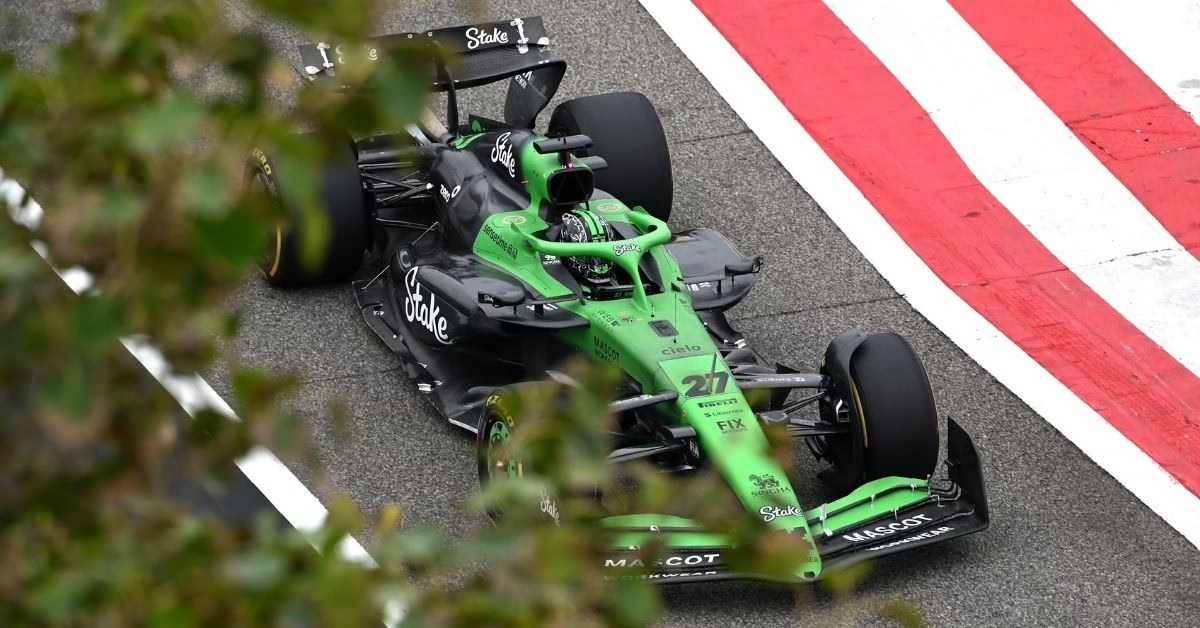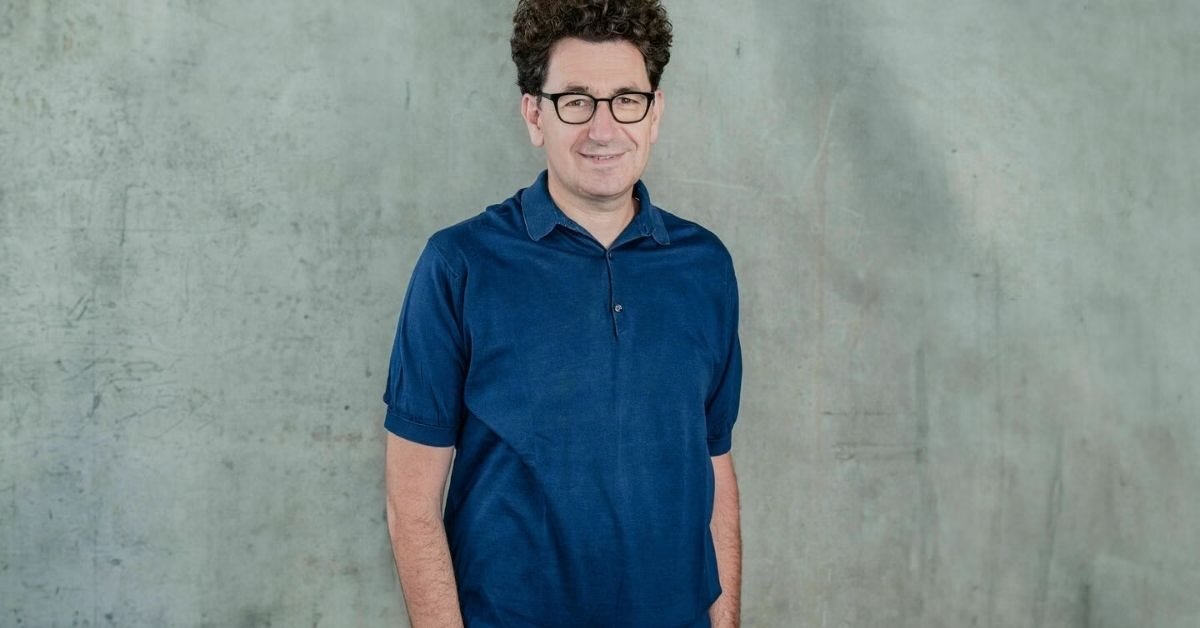Audi is a global automotive powerhouse, a brand synonymous with precision engineering and a relentless pursuit of performance. While the world of Formula 1 has historically been a difficult club to join, Audi’s F1 entry strategy was a masterclass in calculated efficiency.
It wasn’t a grassroots effort but a well-funded move to take a strategic shortcut onto the grid by acquiring an existing team. This article will explore how Audi’s acquisition of Sauber, its development of a new power unit, and its long-term vision position the German giant as a major new player poised to disrupt the sport’s established order.
Table of Contents
Audi’s Motorsport Legacy and How It Shapes Their F1 Entry Strategy

Audi is a brand with a deep and storied history in motorsports, and this background is the cornerstone of its credibility. The company’s legendary four rings have dominated in a variety of racing disciplines, demonstrating a commitment to engineering excellence far beyond the road.
Key achievements in motorsports:
- 24 Hours of Le Mans: A near-unbeatable run with 13 victories, driven by pioneering technologies. Audi was the first to win the endurance race with a diesel-powered car in 2006, followed by groundbreaking hybrid powertrains.
- DTM (German Touring Car Championship): Consistent success, securing multiple titles and showcasing their engineering prowess in highly competitive sprint racing.
- World Rally Championship: Revolutionized the sport in the 1980s with their now-famous Quattro technology, introducing all-wheel drive and dominating the championship.
This history of consistent innovation and success provides Audi with a wealth of engineering knowledge and a proven track record, lending significant credibility to their F1 aspirations.
The Core Audi F1 Entry Strategy: Acquiring Sauber

While the Cadillac team is building its operation from the ground up, Audi chose a more strategic, and ultimately faster, path. The core of their Audi F1 entry strategy was the acquisition of an existing team. In 2024, Audi acquired full ownership of the Sauber Group, cementing a plan that had been in the works for years.
This masterstroke provided Audi with a turnkey operation, immediately giving them access to:
- An operational F1 factory in Hinwil, Switzerland
- A skilled workforce of over 500 people
- An established team infrastructure with decades of competitive experience
Audi’s decision to target Sauber was no accident. The Swiss team’s location in Hinwil offers a strategic base in central Europe, close to key suppliers and major motorsport hubs. Sauber also had a reputation for operating efficiently on smaller budgets while still producing competitive machinery, making them an attractive platform for a manufacturer looking to scale up quickly.
This move saved them years of development and hundreds of millions in initial investment that a new team would have to spend on facilities alone.
The value of this Audi Sauber F1 acquisition extends beyond just infrastructure; it’s also about history. Sauber has been a resilient force in Formula 1 since 1993, known for:
- Its long legacy as a privateer team
- Serving as a proving ground for future champions like Kimi Räikkönen, Felipe Massa, and Charles Leclerc
- A history of successful partnerships with major manufacturers like Mercedes and BMW
This operational readiness and legacy are the true assets that Audi acquired, allowing them to focus on a single, crucial task: building a competitive power unit.
Compared to other recent F1 entry attempts, Audi’s approach stands out. Andretti and Cadillac are building a team from scratch, a process that could take years before achieving consistent competitiveness. Porsche, on the other hand, explored an entry by partnering with Red Bull but withdrew when negotiations collapsed.
Audi’s calculated acquisition of Sauber blends the benefits of an existing, proven team with the resources of a global automotive giant — a shortcut few can replicate.
Leadership and the New Audi F1 Power Unit: The Mattia Binotto Factor

The most significant aspect of Audi’s entry, and the key motivator behind it, is their commitment to building their own power unit. Until their in-house power unit is ready for the 2026 season, Sauber continues to run customer Ferrari engines.
This arrangement ensures continuity on track while allowing Audi’s Neuburg facility to focus entirely on designing, testing, and perfecting their all-new hybrid powertrain. The timeline is tight, but the transition plan is clear.
The new 2026 technical regulations were a primary factor in their decision, as they align with Audi’s focus on sustainability and electrification. The new regulations will feature:
- A more simplified engine design.
- A dramatic increase in electrical power (an almost 300% increase compared to today’s engines).
- The use of 100% sustainable fuels.
This strategic alignment means the technology developed for the track has a clear pathway to innovation in their road cars.
The progress of the Audi F1 power unit development is well underway at their state-of-the-art Competence Center Motorsport in Neuburg, Germany. This facility, which was specifically expanded for the F1 project, now houses a new building and advanced test benches to develop the entire hybrid powertrain.
All major components — from the internal combustion engine (ICE) to the energy recovery system (ERS) — will be developed and tested under one roof. This integrated approach ensures that the combustion and electric systems are designed to work in perfect harmony, a crucial advantage under the 2026 regulations.
To lead this monumental task, Audi has assembled a world-class team. Key leadership figures include former Ferrari Team Principal Mattia Binotto, who was appointed as the head of the F1 project. His vast experience in both chassis and engine development is a clear sign of Audi’s serious ambition and their focus on building a cohesive and competitive team from the outset.
A Blend of Experience and Youth: The Driver Lineup

A key differentiator from the Cadillac story is that Audi’s driver lineup is already confirmed. The team has opted for a strategic blend of experience and youthful talent, announcing their two drivers for the 2026 season:
- Nico Hülkenberg: A veteran with over a decade of experience in Formula 1. Hülkenberg is known for his invaluable technical feedback and consistent performance, making him the ideal lead driver to help develop a brand-new car and power unit.
- Gabriel Bortoleto: A rising star who has quickly made a name for himself in the junior ranks. He brings raw talent and the hunger of a young driver, representing the future of the team and the sport.
This pairing shows a clear strategic thinking. Hülkenberg provides the steady hand and technical knowledge needed in the crucial early years, while Bortoleto offers the long-term potential that Audi can build its future around. It’s a well-balanced approach that sets the team up for both immediate progress and sustained growth.
The Road Ahead: Integration Challenges and Aspirations
Despite their strategic approach, Audi’s journey is not without its hurdles. The integration of two distinct corporate cultures—a German automotive powerhouse in Ingolstadt and a nimble Swiss racing team in Hinwil—is a significant challenge. This process involves aligning different working styles, reporting structures, and long-standing traditions.
Audi leadership has been refreshingly candid about the task ahead, setting realistic expectations for their debut:
- Expectations: The team does not expect to be at the front of the grid immediately.
- Timeline: Success is a long-term goal, with team leaders aiming to be competitive for wins and championships by 2030.
- Process: The focus is on a period of “continuous improvement,” with an emphasis on hiring top talent, expanding facilities, and building a unified culture.
This humble and transparent approach is a crucial point for showing a realistic and authoritative analysis. It demonstrates that Audi is not underestimating the fierce competition. Their massive investment and long-term vision to become a competitive force solidifies their commitment to the sport’s future, proving they are not just here to participate, but to leave an indelible mark.

